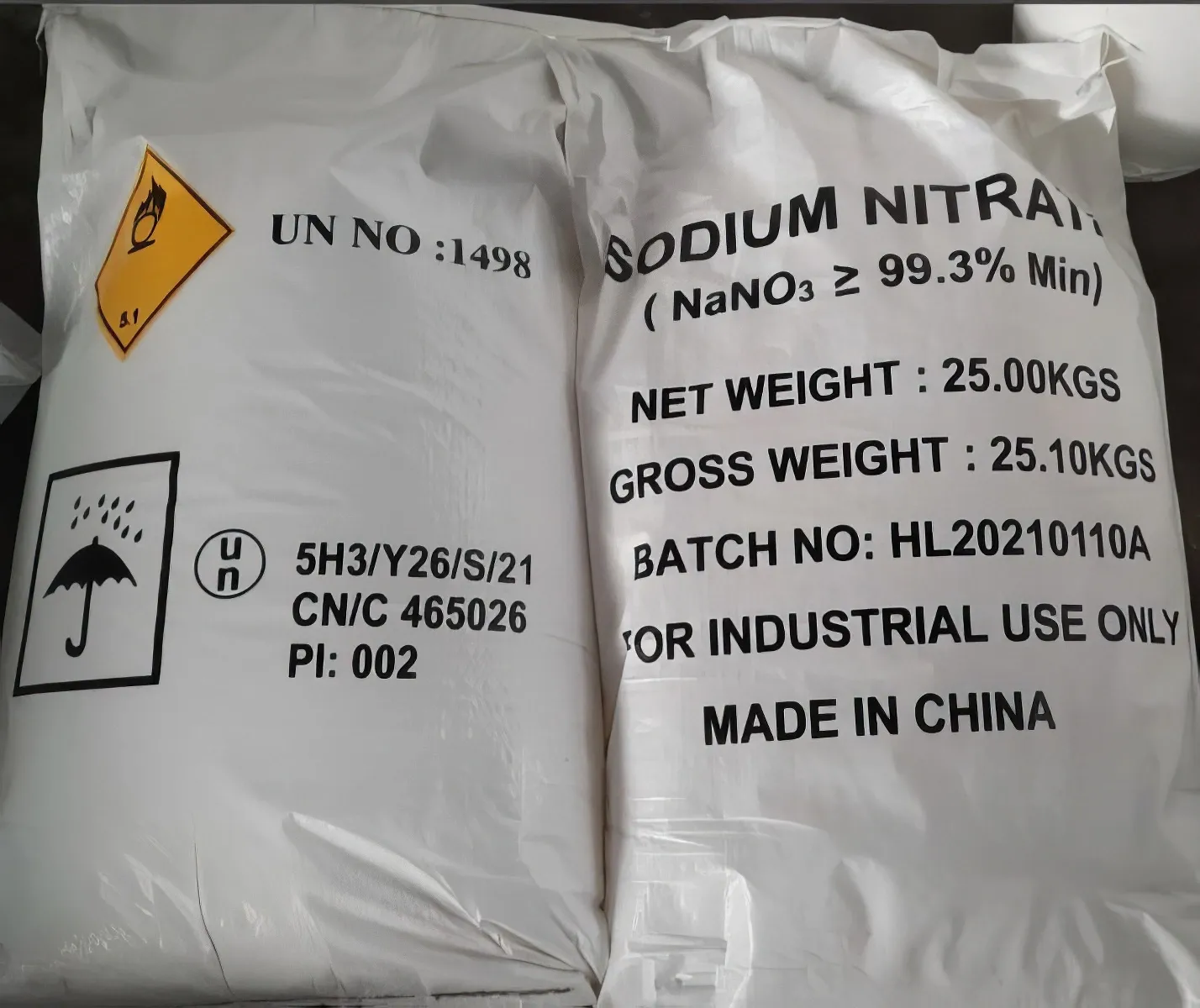



chlorine dioxide how to use
How to Use Chlorine Dioxide Safely and Effectively
Chlorine dioxide, a powerful disinfectant and sanitation agent, has garnered attention for its ability to eliminate bacteria, viruses, and other pathogens. While it is commonly used in water treatment and industrial applications, understanding how to use chlorine dioxide safely and effectively is crucial for anyone considering its application in various settings. This article will provide essential information regarding its use, safety precautions, and practical applications.
What is Chlorine Dioxide?
Chlorine dioxide (ClO2) is a yellow-green gas at room temperature and is soluble in water. It is frequently used for its potent antimicrobial properties, making it effective for disinfecting surfaces, treating drinking water, and controlling odors. Its advantages over traditional chlorine include lower toxicity, no formation of harmful chlorinated byproducts, and greater efficacy against biofilms.
Applications of Chlorine Dioxide
1. Water Treatment Chlorine dioxide is widely used in municipal water treatment facilities to ensure safe drinking water. It effectively reduces pathogens such as Giardia, Cryptosporidium, and other harmful microorganisms.
2. Surface Disinfection In healthcare settings, food processing plants, and water treatment facilities, chlorine dioxide is employed to disinfect surfaces. Its strong oxidation capabilities help break down organic matter, ensuring a high level of cleanliness.
3. Odor Control It is also used in odor control applications due to its ability to neutralize unpleasant smells without masking them. This is particularly useful in wastewater treatment and industrial applications.
4. Food Processing Chlorine dioxide is used to sanitize food processing equipment and surfaces, ensuring the safety of food products without leaving harmful residues.
How to Use Chlorine Dioxide
chlorine dioxide how to use

1. Preparation Before using chlorine dioxide, it is crucial to prepare it correctly. Chlorine dioxide is generally generated on-site from precursor chemicals, such as sodium chlorite. Always follow the manufacturer's instructions for preparing the solution, as the concentration and application method will vary based on the intended use.
2. Dilution Depending on the application, chlorine dioxide may need to be diluted. For surface disinfection, a concentration between 100-200 ppm (parts per million) is commonly recommended. For water treatment, higher concentrations may be appropriate but must be determined based on specific guidelines and regulations.
3. Application Apply the chlorine dioxide solution using appropriate equipment, such as sprayers or foggers, to ensure even coverage. For surfaces, allow the solution to sit for a recommended contact time (usually around 10 minutes) to effectively kill pathogens.
4. Ventilation When using chlorine dioxide, ensure adequate ventilation in the area. Since it can produce gases that may be harmful in high concentrations, it is essential to allow fresh air circulation during and after application.
5. Personal Protective Equipment (PPE) Always wear appropriate PPE, including gloves, goggles, and masks, to prevent any potential exposure. Chlorine dioxide can be irritating to the skin and respiratory system, so precautions are necessary.
6. Storage Store chlorine dioxide in a cool, dry place, away from direct sunlight and incompatible substances. Always follow the manufacturer’s recommendations regarding storage to maintain its effectiveness.
Safety Considerations
While chlorine dioxide is an effective disinfectant, it can pose risks if mishandled. Inhaling concentrated chlorine dioxide gas can lead to respiratory irritation, while contact with skin or eyes can cause burns. Therefore, it is imperative to follow safety protocols, use appropriate dilution rates, and adhere to local regulations regarding its use.
In conclusion, chlorine dioxide is an invaluable tool for disinfection and sanitation when used correctly. By understanding its properties, applications, and safety measures, users can harness its benefits effectively while minimizing risks. For anyone looking to incorporate chlorine dioxide into their practices, education, preparation, and an adherence to safety protocols are key to ensuring successful and safe outcomes.
-
Why Sodium Persulfate Is Everywhere NowNewsJul.07,2025
-
Why Polyacrylamide Is in High DemandNewsJul.07,2025
-
Understanding Paint Chemicals and Their ApplicationsNewsJul.07,2025
-
Smart Use Of Mining ChemicalsNewsJul.07,2025
-
Practical Uses of Potassium MonopersulfateNewsJul.07,2025
-
Agrochemicals In Real FarmingNewsJul.07,2025
-
Sodium Chlorite Hot UsesNewsJul.01,2025










